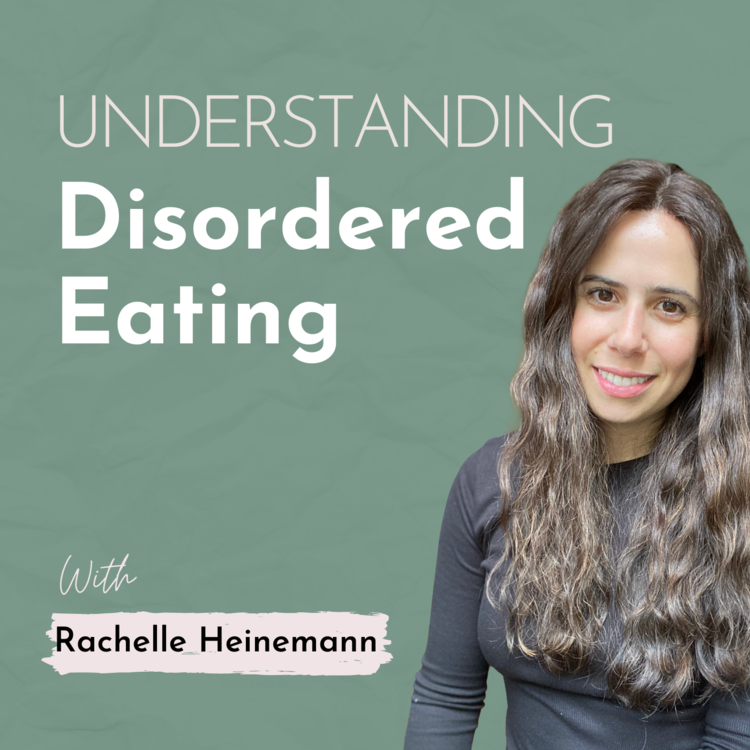As we all know, there’s no single reason a person develops an eating disorder. There’s a combination of cultural pressures, genetic predisposition, and relational factors that come into play. For the sake of this post, we’ll focus on attachment to the primary caregiver and its impact on the development of an eating disorder.
Of course, there are homes where the father is the primary caregiver but in much of the Western world, the mother is the primary caregiver. Mothers are the first attachment figures and their goal is to keep us safe, happy, and healthy. But if our needs aren’t met early on, food can get very wound up in that.
Insecure Attachment
The majority of people develop a secure attachment with their primary caregiver – Judy estimates 80% of people in the world. Mom doesn’t have to be perfect; she just has to be “good enough.” When a person’s needs of safety and security are met, their emotional, cognitive, and psychological processes will all develop appropriately.
But when the primary caregiver is not attuned enough – they’re not feeding the child when they’re hungry, holding them when they need it, helping them sleep when they need it etc. – the child develops an insecure attachment. The child doesn’t develop the ability to soothe themselves and doesn’t trust that their caretaker to be able to do it for them. These are the kids who are most vulnerable to developing an eating disorder – because they’ll look to food for self-soothing. And food is soothing.
To be clear, all people use food from time to time to soothe themselves. It’s only when a person has no other way to self-soothe that it becomes a problem.
BTW, there are many ways that people can self-soothe. One person might develop an eating disorder while another person becomes a workaholic. Perhaps there is a genetic component here, but we don’t know fully yet why one person does and another develops a different self-soothing mechanism.
The Past Matters
It can be easy to feel like what happened 25 years ago shouldn’t matter today. But understanding your past is a key to changing your present.
Judy gives a great example about a young client she worked with years ago. During therapy, the girl was able to pinpoint the day her eating disorder behaviors began (so rare, I know): it was the day after her sweet sixteen, when her friends stopped talking to her. To cope, she ate two bags of potato chips.
When she retells the story in therapy, she’s able to experience the pain again, but now in a new way. She’s experiencing it with someone who is listening and attuned to her needs. As she’s telling it in the presence of a caring person, she’s having a different experience… and that can be healing.
The very definition of trauma, to me, is less about actual events but more so about how one experiences reactions to the events. Were they able to tell a caregiver or adult about it and be soothed, listened to, and reassured? If we think of trauma in this way, the healing is all about having to “reexperience” the event by retelling and having someone respond in a way that was needed the original time.
Let’s take the example a step further. Let’s say this client is ashamed of crying. Instead of crying and finding a friend to comfort her, she’s eating. Judy would work with the client to pinpoint the moment(s) she learned it wasn’t okay to cry – in this instance, maybe it was her dad telling her not to cry because it makes her mother sad.
So how does that relate to the day she binged on the potato chips? Because the tendencies we develop as children will follow us for the rest of our lives. She learned that it wasn’t okay to cry, so instead, she used eating as a way to soothe herself. (By the way, when we explore this it’s rarely as clear cut and simple as this.)
Becoming Curious About Habits
What much of therapy does is help someone recognize and understand their own habits, and put words to it. In that way, they can create new habits.
For example, from Judy’s recent book, The Girl in the Red Boots: Making Peace with My Mother, Judy describes a therapy session where a girl discusses her relationship with her mom. She says “She’s the greatest,” but her foot immediately started tapping nervously.
Through therapy, Judy helped her patient find language for what her foot was trying to say. The goal is eventually to help her put words to all of her feelings regarding her mom.
Moreover, it’s important for someone to pivot away from the feelings of shame around their behaviors and rather question why they displayed those behaviors in the first place.
When Daughters Become Mothers
Mothers and daughters relationships can shift dramatically when the daughter becomes a mother herself.
For some people, It’s not until a daughter becomes a mother that she understands what being a mom entails. It can be a significant piece of the healing journey and she can develop a new level of understanding for her mom.
For example, we still live in a culture where gender roles are a thing. In that way, some women who may feel powerless, teach their daughters to be powerless. The daughter may have strong reactions like feeling anger toward her mother for this. Perhaps only until going through more of life and having kids of her own, does the daughter resonate with some of her mother’s powerless experience. She may then begin to process her relationship with her mom in a whole new way.
Podcast aired March 28, 2023
Rachelle Heinemann
Website: https://www.rachelleheinemann.com/
Listen to the podcast here.






